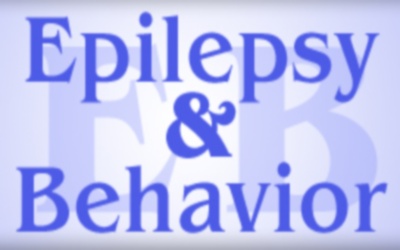“There is growing pressure for states and the federal government to legalize the use of cannabis products for medical purposes in the United States.
Sixteen states have legalized (or decriminalized possession of) products high in cannabidiol (CBD) and with restricted Δ9 -tetrahydrocannabinol (Δ9 -THC) content. In most of these states, the intent is for use in refractory epileptic seizures in children, but in a few states, the indications are broader.
The objectives of this review are to provide an overview of the pharmacology and toxicology of CBD; to summarize some of the regulatory, safety, and cultural issues relevant to the further exploitation of its antiepileptic or other pharmacologic activities; and to assess the current status and prospects for clinical development of CBD and CBD-rich preparations for medical use in the United States.
Unlike Δ9 -THC, CBD elicits its pharmacologic effects without exerting any significant intrinsic activity on the cannabinoid receptors (CB1 and CB2 ), whose activation results in the psychotropic effects characteristic of Δ9 -THC, and CBD possesses several pharmacologic activities that give it a high potential for therapeutic use.
CBD exhibits antiepileptic, anxiolytic, antipsychotic, and antiinflammatory properties.
In combination with Δ9 -THC, CBD has received regulatory approvals in several European countries and is currently under study in U.S. Food and Drug Administration-registered trials in the United States.
A number of states have passed legislation to allow for the use of CBD-rich, limited Δ9 -THC-content preparations of cannabis for certain pathologic conditions. CBD is currently being studied in several clinical trials and is at different stages of clinical development for various medical indications.
Judging from clinical findings reported so far, CBD and CBD-enriched preparations have great potential utility, but uncertainties regarding sourcing, long-term safety, abuse potential, and regulatory dilemmas remain.”
http://www.ncbi.nlm.nih.gov/pubmed/27285147









